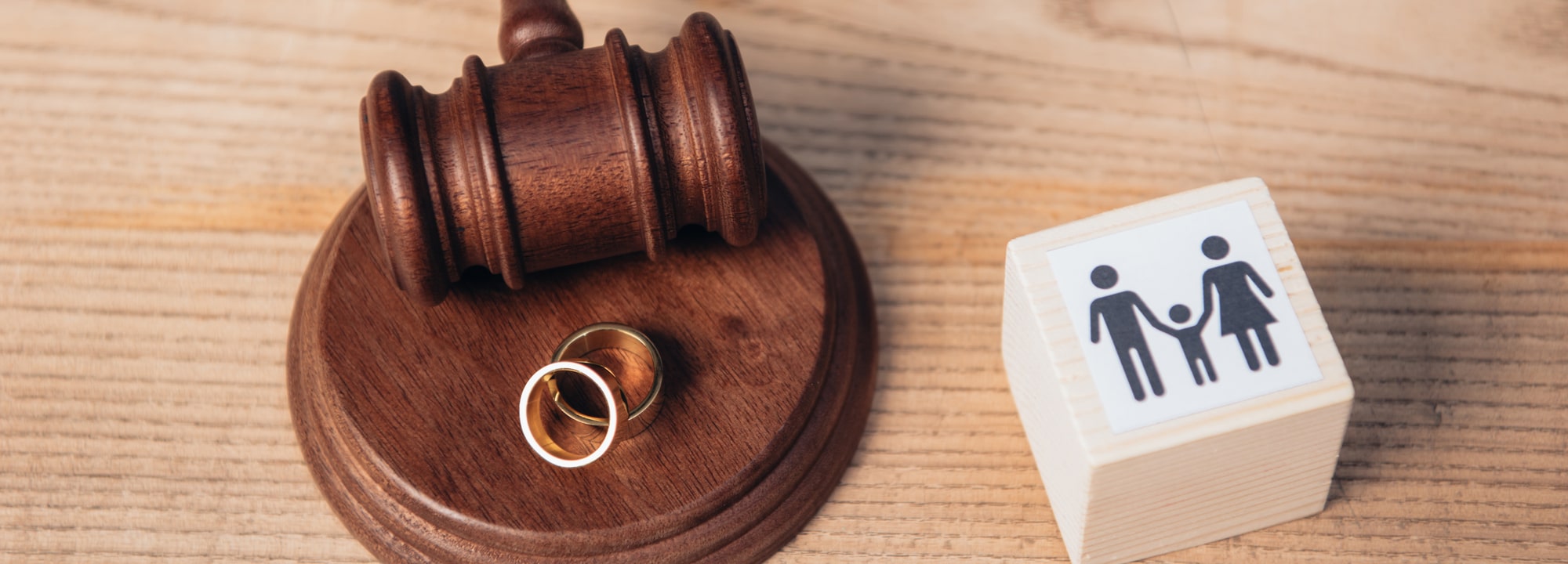Embarking on the path of divorce can be one of life’s most challenging journeys, marked by emotional upheaval and legal complexities. Understanding the process is crucial to navigate this transitional phase effectively. As our friends at Robinson & Hadeed can explain, it’s important to be as informed as possible about every step of the process:
Initiating The Divorce
The divorce process officially begins when one spouse (the petitioner) files a legal petition for divorce in the appropriate court. This document outlines the grounds for divorce and any initial requests for court orders regarding children, financial support, and property division. The petition is then served to the other spouse (the respondent), marking the formal notification of the divorce proceedings.
Responding To The Divorce Petition
Once served with the divorce petition, the respondent has a set period to file a response. This is their opportunity to agree with or dispute the claims made in the petition. Failure to respond can result in a default judgment, granting the petitioner their requested terms of the divorce.
Negotiating Settlements
Many divorces are resolved through negotiations between the spouses, often with the assistance of their respective attorneys. These negotiations can cover a wide range of issues, including asset division, child custody and support, and spousal support. The goal is to reach an amicable settlement that both parties can agree upon.
Mediation And Collaborative Divorce
Should negotiations stall, couples might turn to mediation or collaborative divorce. Mediation involves a neutral third party who helps facilitate discussions and guide spouses toward a mutually acceptable agreement. Collaborative divorce, on the other hand, sees both parties and their lawyers agree to work together amicably, with a commitment to avoid litigation.
Going To Trial
If negotiations, mediation, or collaborative efforts fail, the divorce will proceed to trial. During the trial, each party presents their case, including evidence and witness testimonies, for the judge to consider. The judge then makes the final decisions on all contested issues. Trials can be lengthy, expensive, and emotionally taxing, making them a less desirable option for many.
Finalizing The Divorce
Once all issues are resolved, either through settlement or a court ruling, the final step is the issuance of a divorce decree by the court. This legally binding document outlines all the terms of the divorce, including asset division, child custody, support arrangements, and any other relevant matters.
Life Post-Divorce
After the divorce is finalized, it’s crucial to take steps to implement the terms of the decree. This might involve transferring assets, adjusting living arrangements, and setting up child custody schedules. It’s also a time for personal reflection and adjustment as you adapt to your new life.
Consulting With Your Lawyer
Throughout the divorce process, it’s advisable to consult with your divorce lawyer. Your legal team can provide legal advice tailored to your specific situation. A skilled attorney can help navigate the complexities of the process, represent your interests, and work towards achieving the best possible outcome.
Contact A Lawyer Today
Divorce is more than just a legal process; it’s a life-changing event that requires careful consideration and planning. Understanding the steps involved can help alleviate some of the stress and uncertainty that accompanies this transition. Remember, you don’t have to go through this alone. Get in touch with a lawyer to get started on the right foot.

